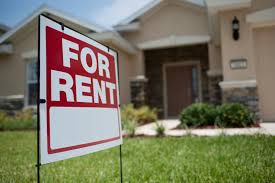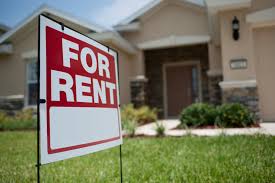An Australia-based start-up behind ground-breaking technology that allows landlords to operate like a micro-utility, by selling solar power generated at their rental property back to their tenants for less than power from the grid, has released a complementary online platform, to help the country’s 2.4 million rental properties negotiate the path to the solar market.
The new program, called Hana, was unveiled on Thursday as a follow up to the December launch of Digital Solar. It is designed to help landlords and tenants decide whether the shared solar technology will work for them, using estimates of how much solar power will be consumed, how many panels should be installed, and how to share the value that is created.
“Hana provides landlords and tenants who mostly likely don’t know each other, with a way to easily predict and share mutually beneficial value created from Digital Solar, while safeguarding the privacy of information, to build a community of shared solar renters,” the company says.
To do this, it compares data on panel costs, solar production projections, electricity tariffs and the value sharing equation a landlord and tenant agree on. It then estimates expected installation costs, payback period, return on investment and the tenant’s savings against their grid electricity bill.
According to a Matter release, the saving can be as much as $300 a year for tenants with a average house (no pool, no air-con) of four people, with an energy bill of $1,500 a year. If the house is larger and has air-con and/or a pool, the benefits are greater.
Based on these savings projections – around 20 per cent off their current grid tariff – Matter says that if all of the rental properties in the country invested in Digital Solar technology, tenants nationally would reduce their electricity spend by around $780 million a year.
For landlords, Matter says the Digital Solar system pays itself off within 4-5 years and generates $1 for every $5 spent – an increase in rental income of about $1,000 each year, while increasing the value of rental properties by $30,000, with an return on investment of more than 15 per cent.
The states which would currently reap the most benefits are Queensland, New South Wales and the ACT, Matter says.
“The central premise behind Digital Solar is that considerable economic wealth is created when a property investor and a tenant collaborate to share value that comes from displacing grid electricity with distributed solar power,” said Matter CEO Chris Mrakas.
“Hana allows a landlord and a tenant to work together for a mutually beneficial outcome but it goes beyond wealth creation, this collaboration fosters stronger communities and healthier societal outcomes.”
As we reported back in December, Digital Solar comes in the form of an “unassuming” box, which once installed measures the amount of solar power generated on the rental property’s roof, and the amount consumed by the household.
This then allows a property owner to bill their tenant for the power they use with an invoice automatically generated by Matter’s system.
This article was originally published on RE sister site, One Step Off The Grid. To sign up for the weekly newsletter, click here.







